Emperor Ashoka’s pillar edicts have the quintessence of environmental preachings at various places across India.
Excerpts from the Book – Cultural Diaries
(3) ROCK SUPPORT
KING ASHOKA’S ROCK EDICTS
Ashoka, the greatest king of all time, occupied the length and breadth of India and elsewhere during his reign, and was a lover of nature. To unearth the extent of his reign in Karnataka, Bali and I undertook a journey to look at the Ashokan rock edicts and pillars spread throughout the state. This time my ride as a pillion was to be a co-passenger in a four-wheeler. I had the liberty to observe everything from an altered perspective in much more depth and detail. Travelling on a bike or a jeep as a pillion has its similarities and differences. Unlike pillion on the bike, the co-traveller in a four-wheeler could write relaxedly, helping in navigation and other logistics while on the ride.
Emperor Ashoka can be said to have been the first-ever environmentalist of his time—he implemented various measures to safeguard the environment. His rock and pillar inscriptions stand at eight places in Karnataka. These are protected monuments under the ambit of the Archeological Survey of India (ASI). The major towns and cities where these are located include Gulbarga or Kalaburagi, Raichur, Gangavathi, Koppal and Bellary. It is interesting to read his life story.
Chandragupta Maurya, contemporary of Alexander the Great, was the founder of the Mauryan dynasty; Ashoka was his grandson. Ashoka ruled India from 274 to 232 BC. He repented after seeing the violence and cruelty that ensued during the Kalinga war. Though he won the war but was devastated at the bloodshed on the battlefield. He adopted Buddhism as atonement for his sins. He left behind many edicts at different places in his kingdom. These came to light in 1837 when James Prinsep was successful in decoding one found in Delhi. Only when they discovered the name ‘Ashoka’ inscribed on one rock in 1915 did scholars relate it to the earlier edicts that had ‘Beloved-of-the-Gods, King Piyadasi’, inscribed by the emperor.………..

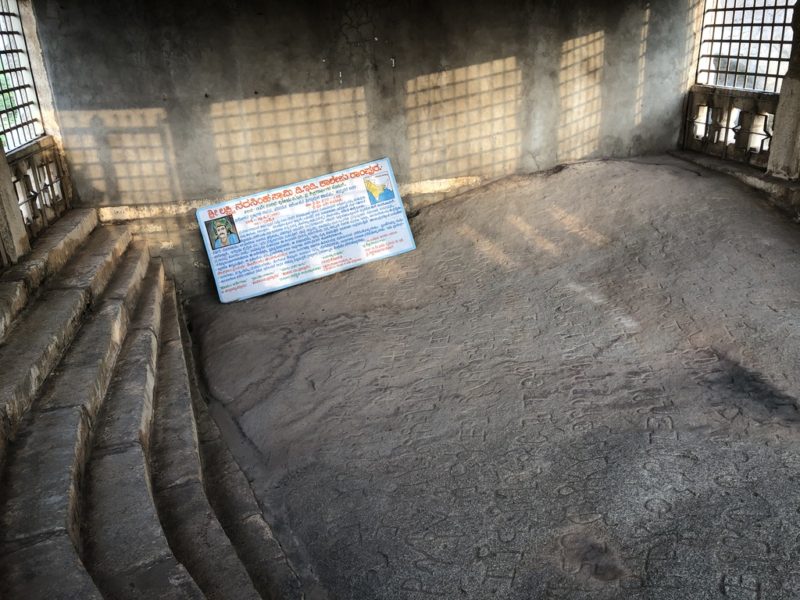
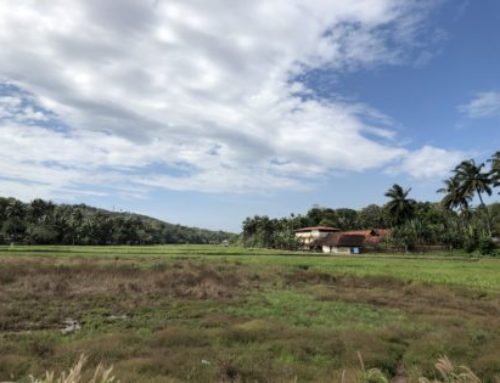
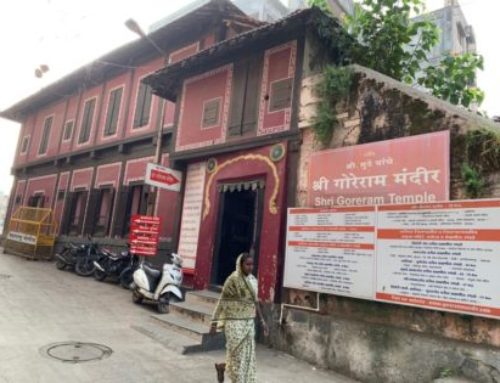
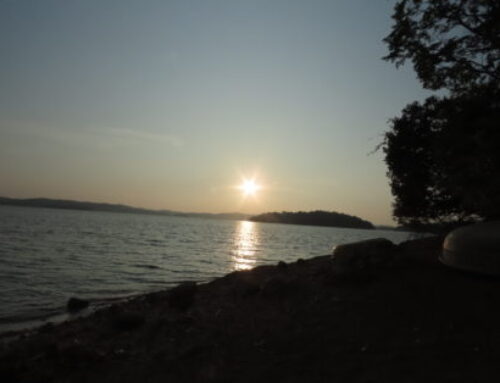



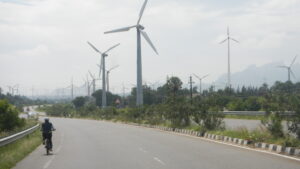

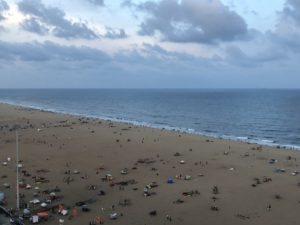

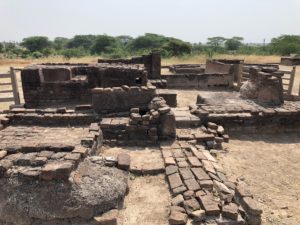


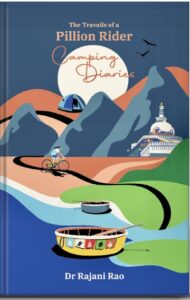

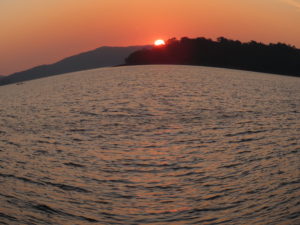
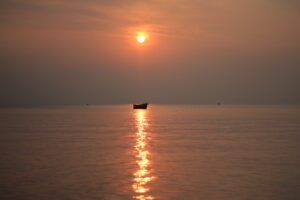
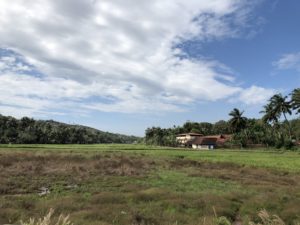

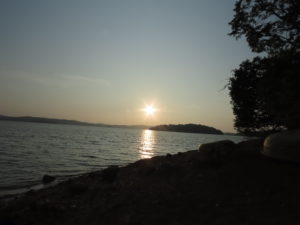

Leave A Comment